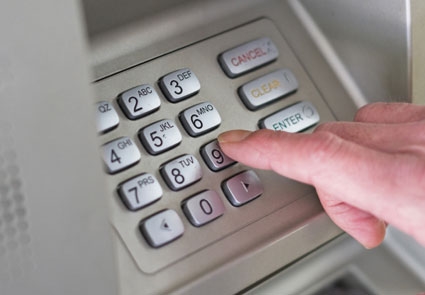

Once we know the exact element, then we can clearly know whether cash is debit or credit.Īs we mentioned above, cash is the assets and clearly, it is belonging to the assets element of the financial statements.Īs long as it belongs to the assets element, the rule of debit or credit is applied the same.Īssets reporting in the balance sheet or statement of financial position. Is cash debit or credit?īefore diving into the debit or credit, we need to assess what kind of financial statements element that cash belongs to. It does not matter whether the cash is used for small or large payments and it does matter if the cash is collected from customers or from whatever sources, from an accounting perspective, cash is considered an asset and it is classified as current assets which are reported in the balance sheet. The company might also hold the cash that it collects from customers but this kind of cash will be deposited into the company’s bank account the following day. Sometimes, the company might keep a large amount of cash for making payments to certain suppliers that accept only cash rather than bank transactions like bank transfers or check. For example, the company holds petty cash for making payments on small office expenses. If you borrow money from a bank and deposit it in your Checking Account, you increase or credit a Liability account, Bank Loan Payable, and increase or debit an Asset account, Checking Account.Cash is the company’s current assets holding for small expenses in the office or for a certain large amount of cash transactions. Liability and Equity accounts normally have CREDIT balances. When you write a check, you are decreasing or crediting your Checking Account. When you deposit money in your bank account you are increasing or debiting your Checking Account. Office Equipment + Office Supplies = Checking AccountĪsset accounts normally have DEBIT balances. You go to Office Max and write a check for $2,605 to purchase a computer, paper and ink cartridges. There is no limitation on the number of debits or credits in a transaction, but the total dollars of each must be equal. The cardinal rule of bookkeeping is that DEBITS must equal CREDITS. While Assets, Liabilities and Equity are types of accounts, debits and credits are the increases and decreases made to the various accounts whenever a financial transaction occurs. So we can do the following:ĪSSETS – LIABILITIES + LIABILITIES = EQUITY + LIABILITIES Remember that if you add or subtract an amount from one side of an equation, you must do the same to the other side in order to keep the equation equal.

These are the types of accounts that are shown on the Balance Sheet.įor the next logical step, I’ll ask you to recall a little Algebra from high school. If you were to determine what your business was worth if you wanted to sell it, you would look at what the business owns that is of value (Assets), you would subtract your debt (Liabilities), and the result would represent your net worth (Equity). Even if you have not had any training, I believe you can understand these principles. This is the basic formula on which double-entry bookkeeping is based. What you OWN – What you OWE = What you’re WORTH

An increase in a Liability account is a credit. It is your money and the bank owes it back to you, so on their books, it is a liability. The money deposited into your checking account is a debit to you (an increase in an asset), but it is a credit to the bank because it is not their money. What increases an Asset account? A debit.ĬHALLENGE QUESTION – If a bank deposit is a debit to your bank account, why does your bank statement call it a credit?ĪNSWER – Because the bank statement is stated from the bank’s point of view. When you deposit money into your account, you are increasing that Asset account. The “Cheat Sheet” for Debits and Credits by Linda Logan, Partner/President/Founder of Fiscal Foundations LLCĬost of Goods Sold accounts have debit balances.ĭebits increase Cost of Goods Sold accounts.Ĭredits decrease Cost of Goods Sold accounts.


 0 kommentar(er)
0 kommentar(er)
